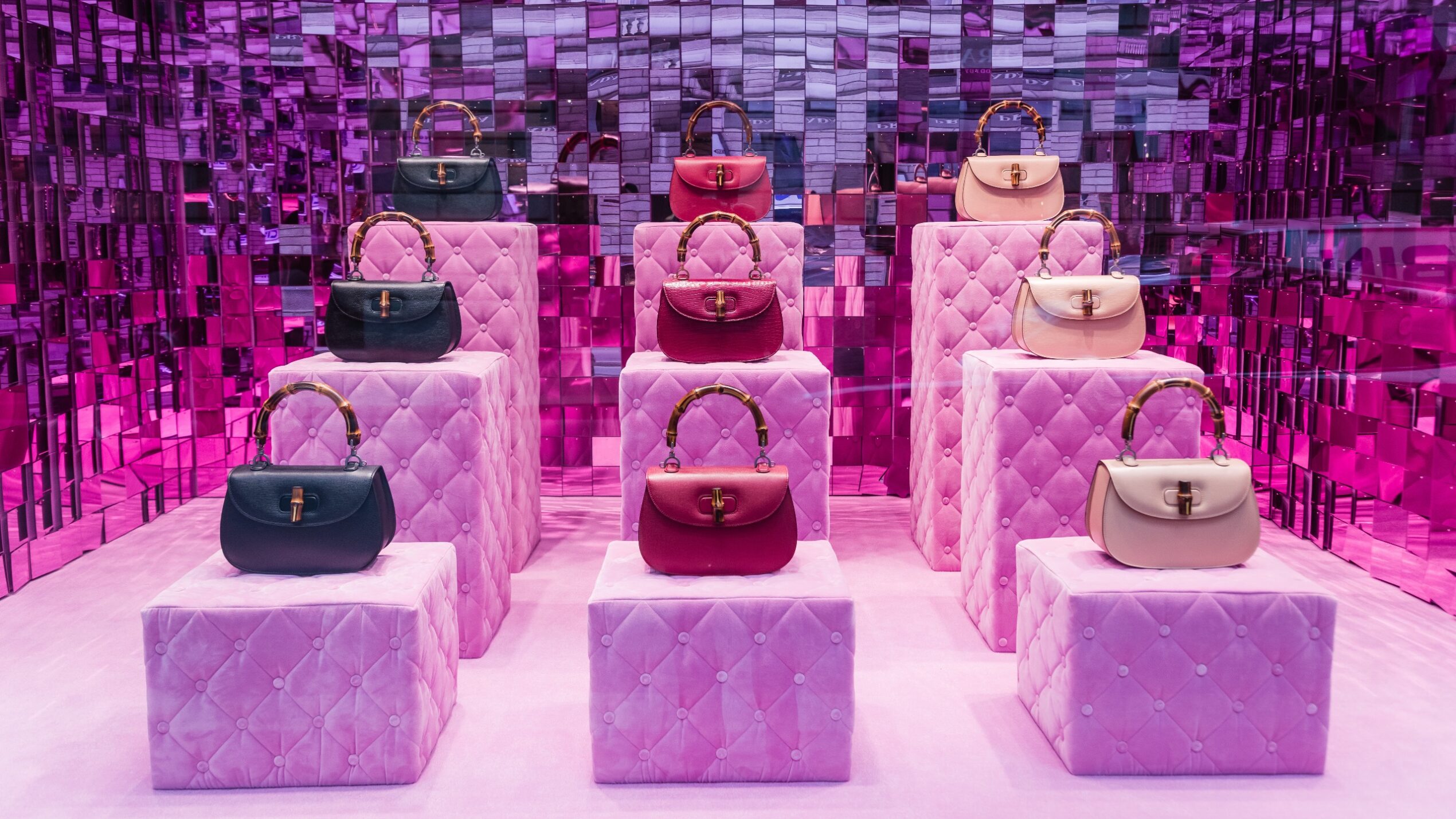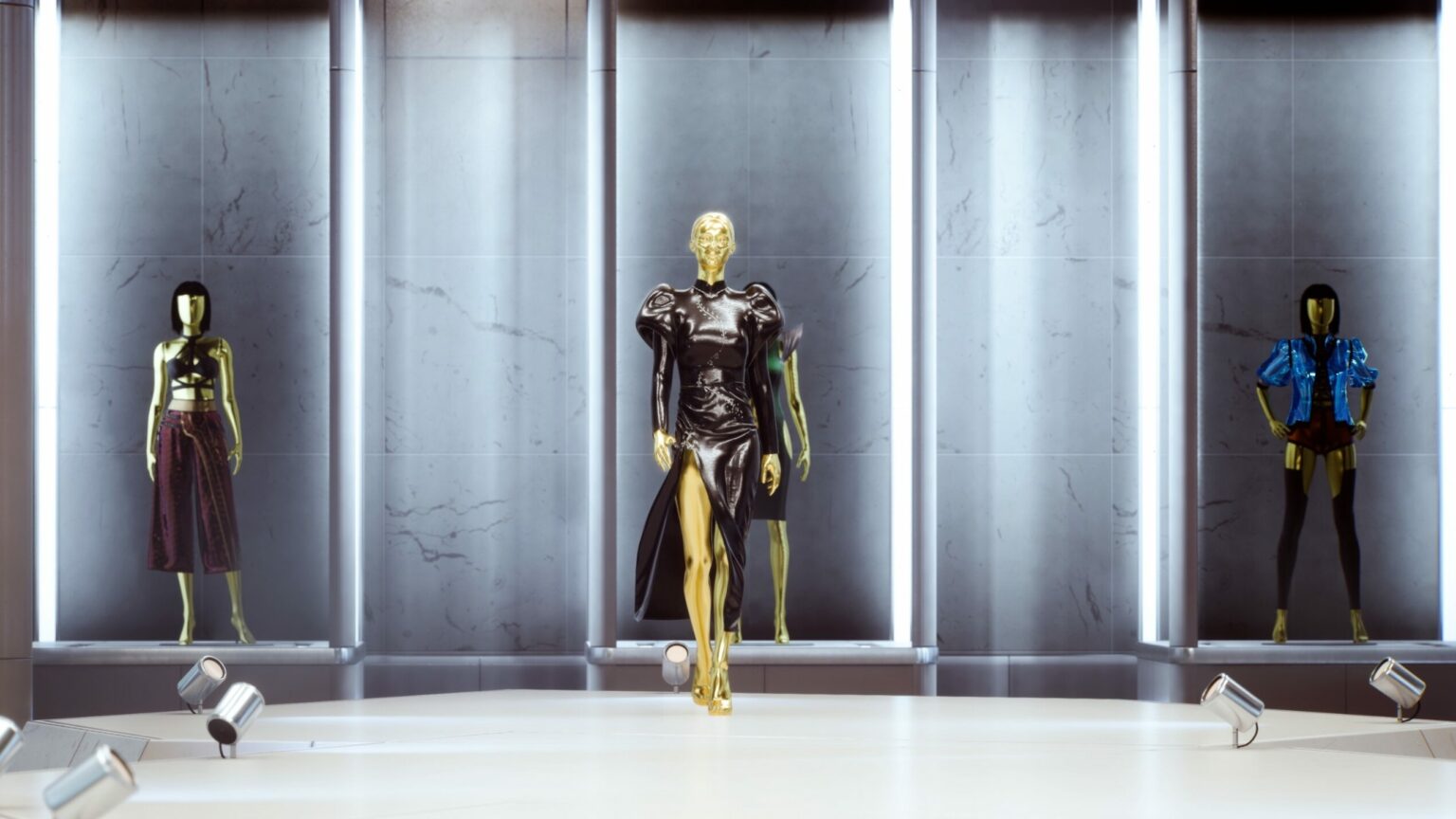Fashion houses such as Gucci and Burberry are leveraging the metaverse to test out new products and build stronger relationships with their audience.
The practice is changing the way clothing brands interact with their customers, as the metaverse becomes a virtual proving ground for new looks and styles.
Gucci does the metaverse
At the tail end of last year, Gucci embarked on a new strategy with Forever 21, its teen-focused offshoot. A range of new products from flared trousers to strappy crop tops were part of the new line the company created, but the item that proved most popular was a pink hat with the word ‘forever’ written in all caps across the front.
The hat, like all of the other clothing, was a solely digital item sold inside the metaverse. The beanie cost Gucci only around $500 to create and sell on the gaming platform, Roblox. The simple forever-hat retailed at under a dollar and sold over 1 million units. It is little surprise therefore that Gucci decided to manufacture the item for real, allowing Roblox players to match their online avatars.
Jacob Hawkins, the chief marketing and digital officer of Forever 21, explained their strategy.
“[We can] spot trends that our customers are loving and find entirely new ways to design and retail our products,” he told FT in a recent interview
It’s not just Gucci that has noticed the possibilities of marking in the digital realm. Burberry is one of the big names which has also made the leap.
Burberry mining
In November Burberry introduced its signature tartan check to the world of Minecraft. The visual style of the brand and Minecraft made for a natural fit.
The project came in two stages. Burberry first made digital skins or outfits available to players to incorporate into their avatars. Then Burberry launched a collection of clothes inspired by the blocky graphics of Minecraft.
Phillip Hennche, Burberry’s director of channel innovation, says the crossover created huge interest for the product. Research firm Launchmetrics calculates that the strategy netted a cool $5.2 million.

These successful experiments demonstrate a workable use case for the metaverse according to Alison Bringé, Launchmetrics’ chief marketing officer.
“If you can’t buy a Gucci handbag in the real world, you can spend $5 to buy one in the metaverse,” she says. Once customers have the virtual product they are increasingly keen to own the real thing when they can purchase it. “This is a gateway to building that relationship with the consumer.”
Where Burberry and Gucci have already tread, others are now following. Around half of all French luxury brands are experimenting with the metaverse. Major brands including Gucci, Saint Laurent, Alexander McQueen and Bottega Veneta have formed a metaverse group to work on the space together.
The retail market
It is not just high fashion brands that are realizing the important marketing effects of the metaverse. Retail stores are exploring the crossover appeal of metaverse marketing.
High street chain ZARA recently launched its own collection of NFTs that includes bags, earrings, cuddly toys, and clothes. ZARA further offered jewelry items and nail styles. Some of the items that ZARA offers are metaverse only while others are manufactured to hit those all-important crossover consumers.
Meanwhile, on the magazine side of the fashion world, Vogue Singapore recently launched a metaverse event to mark Valentine’s day with the requisite collection of NFTs.
In every corner of the fashion world, wherever you look, there are clear indications that the metaverse is a valuable endeavor with real benefits.









 and then
and then